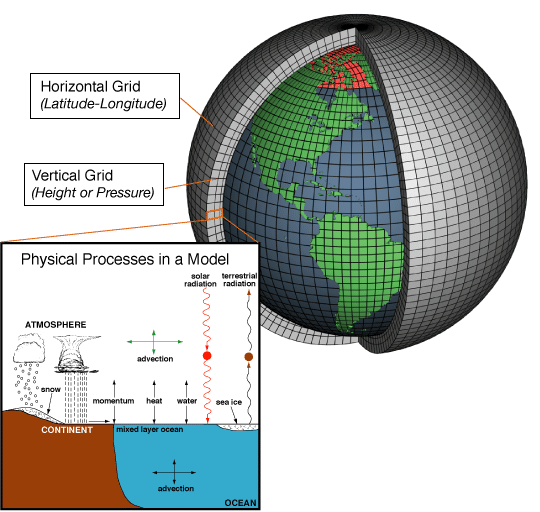
Now, to find the distance travelled, we need to use our formula for arc length that we learned before (see Arc Length). (Radians, of course, and full calculator accuracy was used throughout, but not shown.) O Beijing Perth 6371 3738 θ S Open image in a new pageĬalculating the central angle for Beijing-Perth Parallels of latitude give an indication of where a place (or a boat or a plane) are positioned in a northerly or southerly direction from 0 o N (the equator). Of course, 90 o N represents the North pole and 90 o S is the south pole. Five parallels of latitude are shown in the diagram 60 o N, 30 o N, 0 o N (the equator), 30 o S and 60 o S.Įach 1 o of latitude on the Earth represents 60 nautical miles, or around 110.9 km. The angle from the horizontal through the equator determines the name given to each parallel of latitude. We can do the same thing for below the equator, in a southerly direction. We then draw a circle around the Earth parallel to the equator through the point where the 30 o line meets the surface of the Earth. We do that by drawing a line from the centre of the Earth to the surface of the Earth, 30 o up from the horizontal. We want to be able to indicate how far North or South of the equator we are for any point on the Earth's surface.įor example, we wish to connect all the points that are 30 o N of the equator.

We show the Earth's axis which (by convention) points to North at the top. We slice the Earth through the equator and remove the top. Latitude and Longitudeįirst, we represent the Earth by a sphere: To figure this out, we need to understand latitude and longitude first. What distance does a plane fly between Beijing, China and Perth, Western Australia? That's going to be a lot less than the distance a plane flies around the surface of the Earth.) (Think about the direct or straight-line distance between London and Sydney, through the Earth. When we measure distances that a boat or aircraft travels between any 2 places on the Earth, we do not use straight line distances, since we need to go around the curve of the Earth from one place to another. (It's actually a bit flat at the poles, but only by a small amount).Įarth geometry is a special case of spherical geometry.

The Earth is very close to a sphere (ball) shape, with an average radius of `6371\ "km"`. An interesting topic in 3-dimensional geometry is Earth geometry.


 0 kommentar(er)
0 kommentar(er)
